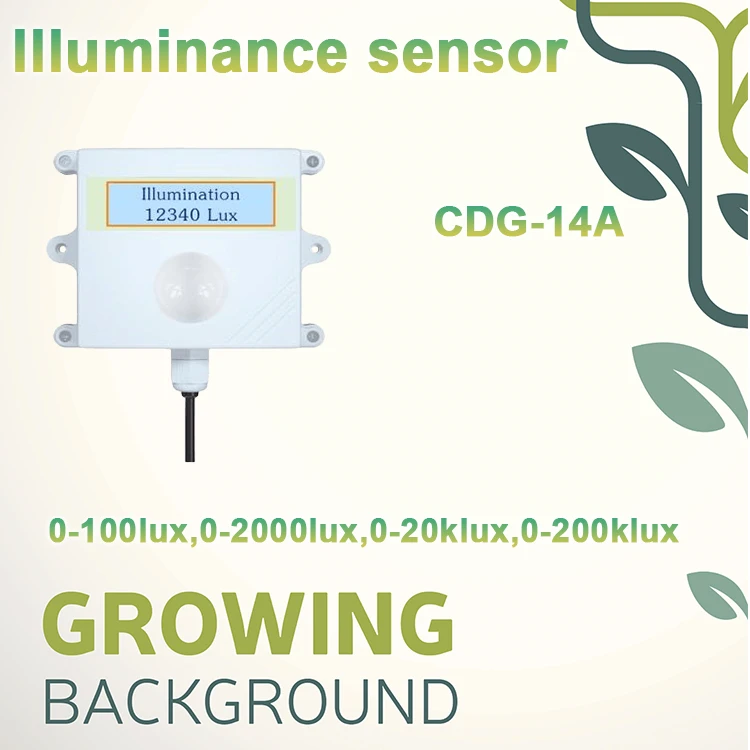
,文章长度在2000字左右
html
Light Detector Sensor: A Comprehensive Guide to Its Applications and Functionality
Light detector sensors are essential components in modern technology, enabling devices to measure and respond to light levels. From smartphones to industrial automation, these sensors play a crucial role in enhancing functionality and efficiency. This guide explores the working principles, types, and applications of light detector sensors.
What Is a Light Detector Sensor?
A light detector sensor, also known as a photodetector, is an electronic device that detects and measures light intensity. It converts light energy into an electrical signal, which can then be processed by other components in a system. These sensors are widely used in consumer electronics, automotive systems, and environmental monitoring.
How Does a Light Detector Sensor Work?
Light detector sensors operate based on the photoelectric effect, where light photons strike a photosensitive material, generating an electric current. The intensity of the light determines the strength of the signal produced. Common types of light detectors include:
- Photodiodes: Convert light into current or voltage.
- Phototransistors: Amplify the signal generated by light.
- Photoresistors (LDRs): Change resistance based on light exposure.
- Charge-Coupled Devices (CCDs): Used in high-resolution imaging.
Applications of Light Detector Sensors
Light detector sensors are versatile and used across various industries. Below are some key applications:
1. Consumer Electronics
Smartphones, tablets, and laptops use ambient light sensors to adjust screen brightness automatically. This improves battery life and enhances user experience by adapting to lighting conditions.
2. Automotive Industry
Modern vehicles incorporate light sensors for automatic headlight control, ensuring optimal visibility while driving. They also help in dashboard illumination adjustments.
3. Industrial Automation
Factories use light detectors for quality control, object detection, and sorting processes. They ensure precision in manufacturing lines by detecting defects or misalignments.
4. Security Systems
Light sensors are integrated into security cameras and motion detectors to trigger alarms or recordings when unexpected light changes occur.
5. Environmental Monitoring
Weather stations and agricultural systems rely on light detectors to measure sunlight exposure, helping optimize crop growth and climate studies.
Choosing the Right Light Detector Sensor
Selecting the appropriate sensor depends on factors such as sensitivity, response time, and environmental conditions. Here’s a quick comparison:
| Sensor Type | Sensitivity | Response Time | Best For |
|---|---|---|---|
| Photodiode | High | Fast | Precision measurements |
| Phototransistor | Medium | Moderate | General-purpose detection |
| Photoresistor (LDR) | Low | Slow | Basic light sensing |
Leave a Reply